Lens on Museums and AI
Webinar

Hannah Conway
Senior Strategy Specialist
In December 2024, AREA 17 presented our Lens on Museums and AI webinar. During this session, we discussed our research and showcased how artificial intelligence is transforming the arts and culture industry. We invited our clients, who are leaders in the industry.

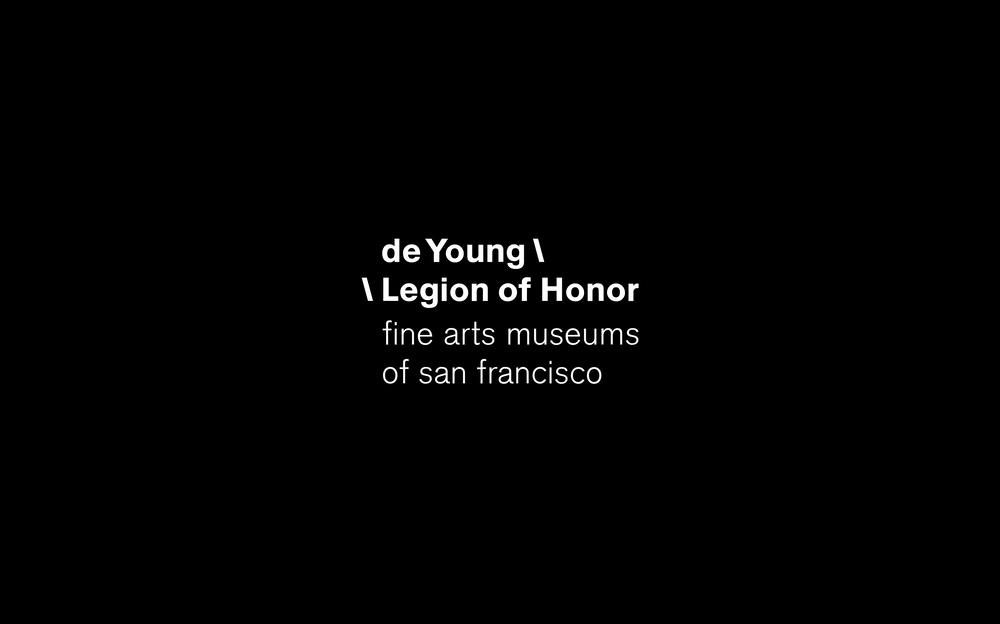
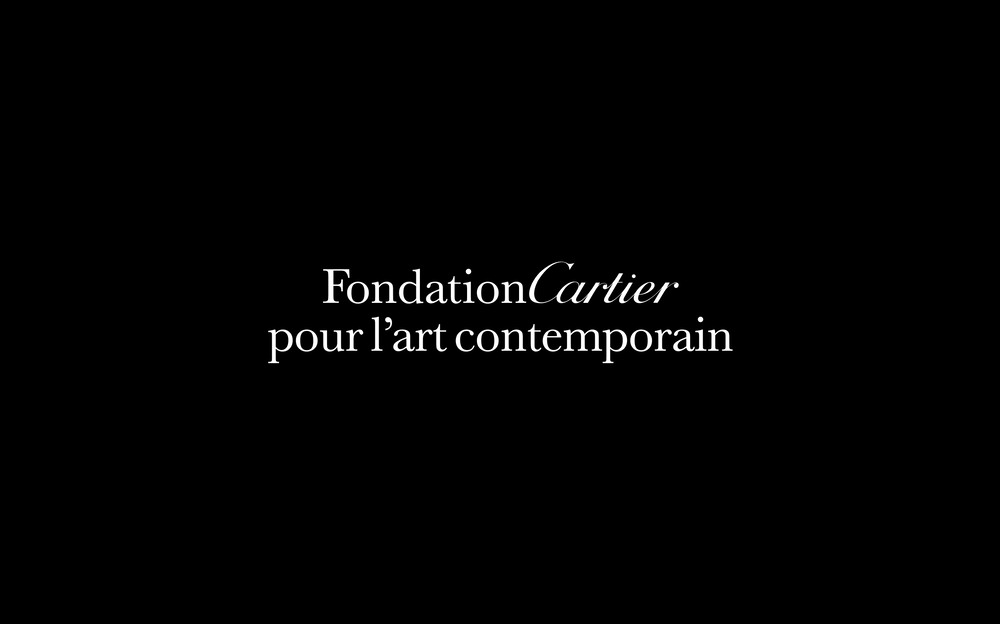

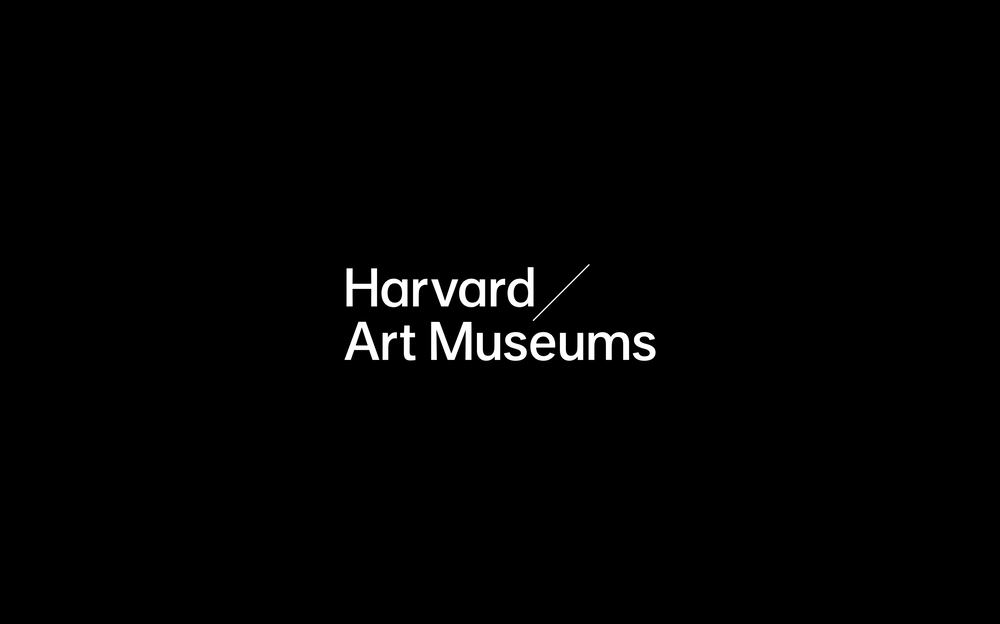
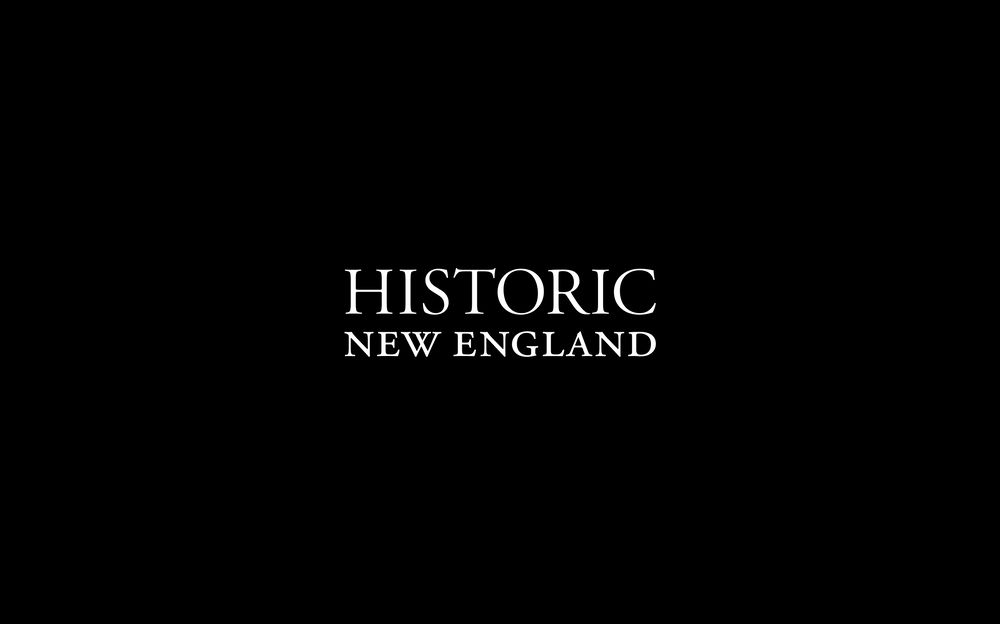
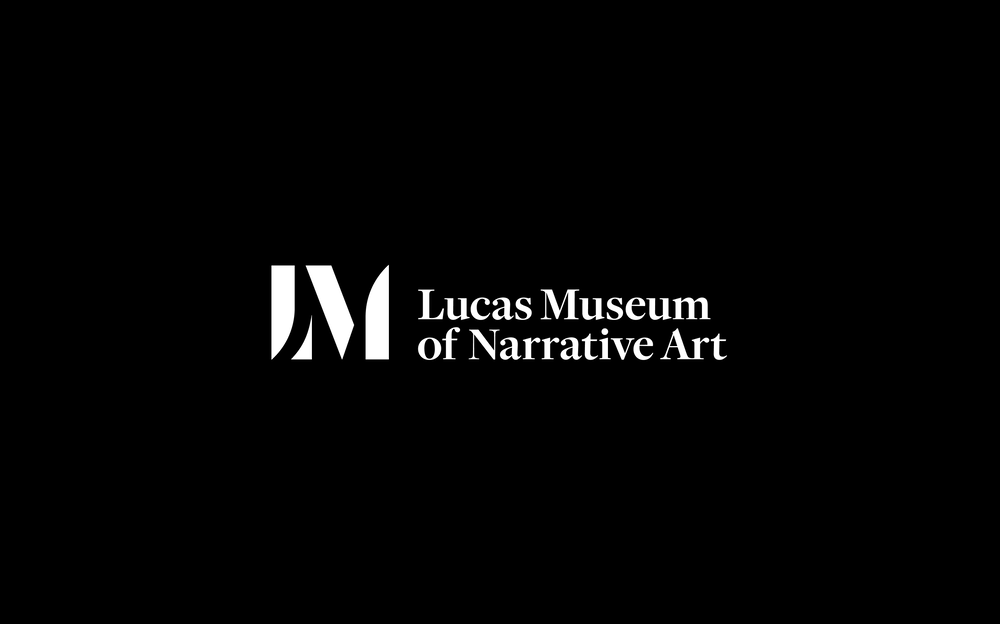

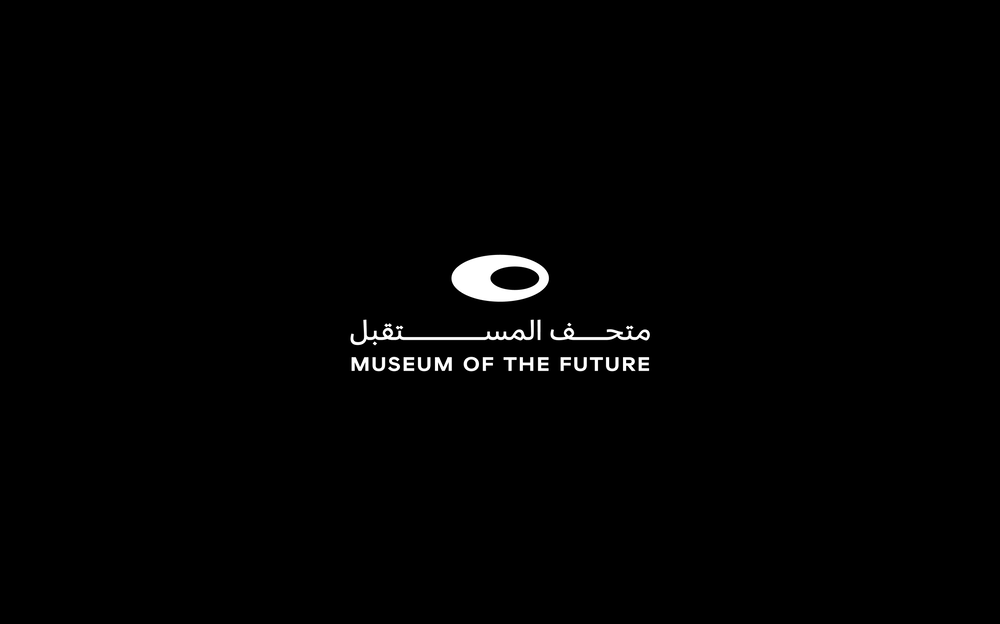
The webinar was led by Hannah Conway, Senior Strategy Specialist, with contributions from McKenzie Hayes, Associate Partnerships Director, Marie-Laure Bentaha, Group Partnerships Director, and Quentin Renard, Group Engineering Director.
Our insights summarize what we’ve heard from our partners and the arts and culture community operating in the space. They also include a survey of recent conferences, articles, and references from across the educational, media, and research landscapes.
Insights overview

From our exploration of references from across the spaces of art, education, and culture, we shared how museums have furthered their institutional objectives, engaged their audiences, and advanced the role of museums through experiments in AI.
We framed these references around four principal opportunities:
Spark interest with visitors of all kinds
Give educators new tools
Advance understanding in the art world
Build operational strength
Spark interest with visitors of all kinds

The first opportunity centers on sparking interest in visitors of all kinds, including diverse communities and younger visitors who historically have felt excluded from the museum space.
AI can enhance accessibility with tools like real-time sign language translation, visual descriptions, and personalized tours tailored to different knowledge levels.
Interactive features, such as Google’s Art Selfie and Cleveland Museum of Art’s photo-matching tool, engage visitors to learn about artwork through the lens of their own photographs.
AI can also enable visitors to express their own creativity, with prompts to co-create poetry, short stories, and fables.
Give educators new tools
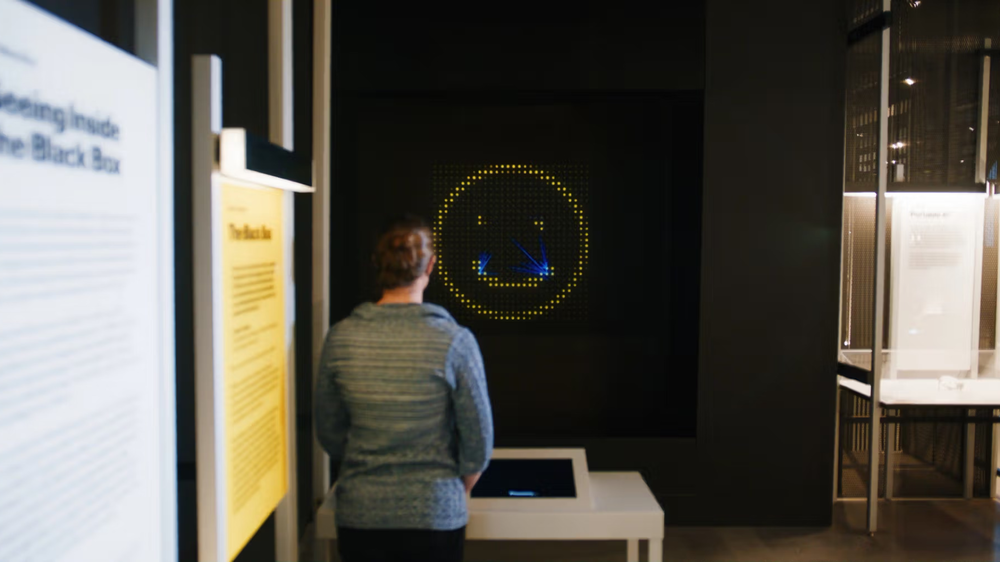
The second opportunity is supporting educators with AI tools, with innovations that inspire new ways to teach and learn, bridging the gap between AI technology and its practical use in education.
Museums offer neutral spaces for teachers to explore AI applications in education, from personalized tutoring to interactive exhibits like Carnegie Mellon’s earthquake table.
AI helps make old stories feel new and engaging, like the “Hello Vincent” experience that brings the historic artist back to life.
Museums have also been using AI to help visitors understand AI. For instance, the MIT Museum’s Black Box Interactive exhibit helps users understand how AI technology recognizes human emotion.
Advance understanding in the art world
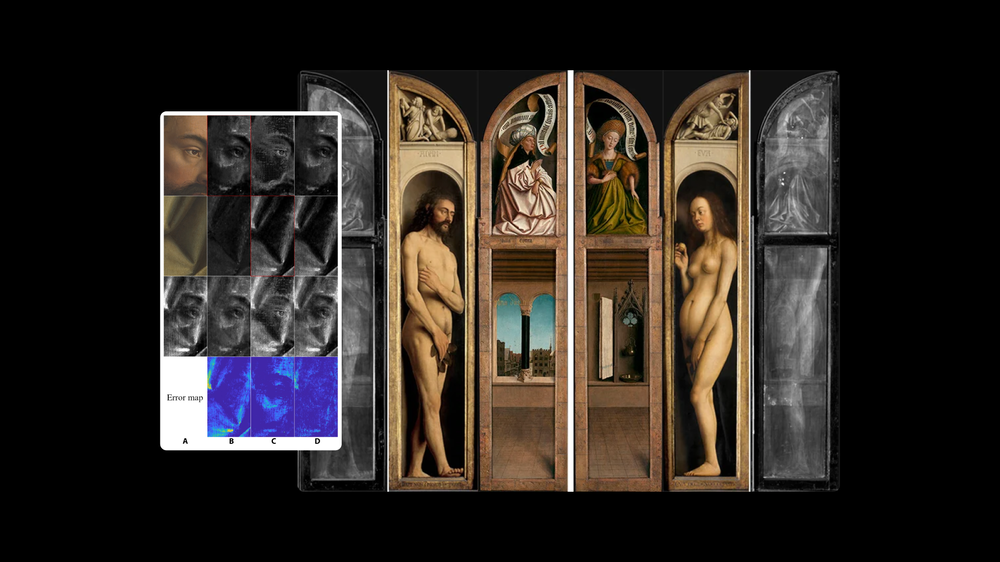
AI can also help museums and scholars uncover new insights about art.
AI technology has been used to revive forgotten techniques, discover hidden details in artworks, and even suggest innovative themes for exhibitions.
Tools like those developed by the Tate Modern, London Museum, and the Museum of Art and Photography in India connect collections across cultures and time periods, deepening understanding of art’s broader context.
AI-powered search tools, like the one we developed for Pentagram, turn large archives into user-friendly resources, making it easier to explore and learn from vast collections.
Build operational strength

Finally, AI can strengthen museum operations, allow museums to work more efficiently, and adapt to a rapidly changing world.
Museums are already using AI to automate time-consuming tasks, like tagging collections or analyzing visitor feedback.
Predictive models can help museums forecast attendance and optimize planning.
Going forward, partnerships with AI companies also open new revenue opportunities for museums to monetize intellectual property.